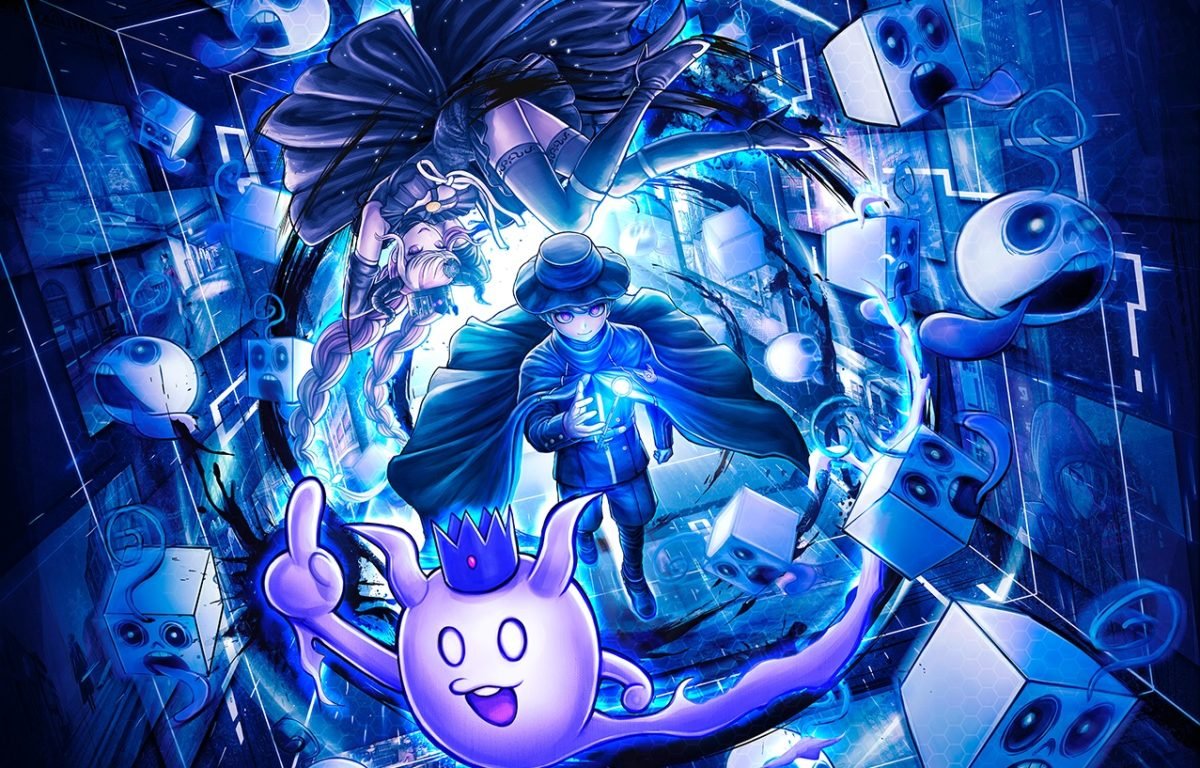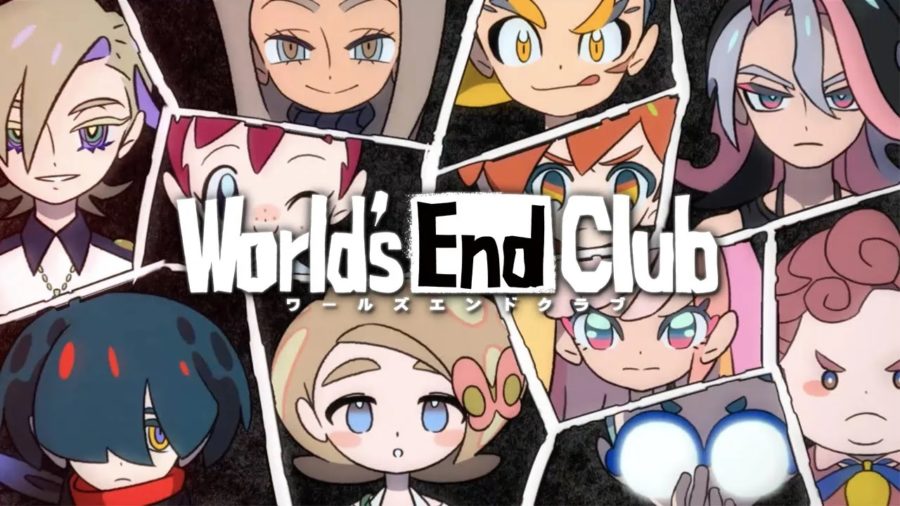Death Come True is almost a dream come true
Death Come True was developed by Too Kyo Games and Esquadra, published by IzanagiGames and directed and written by Danganronpa’s creator, Kazutaka Kodaka.
That last one is especially noteworthy; Death Come True immediately caught people’s attention on its first reveal, as a new creation from the mind of Kodaka is sure to deliver a mysteriously bonkers plot alongside an entertaining cast of characters.
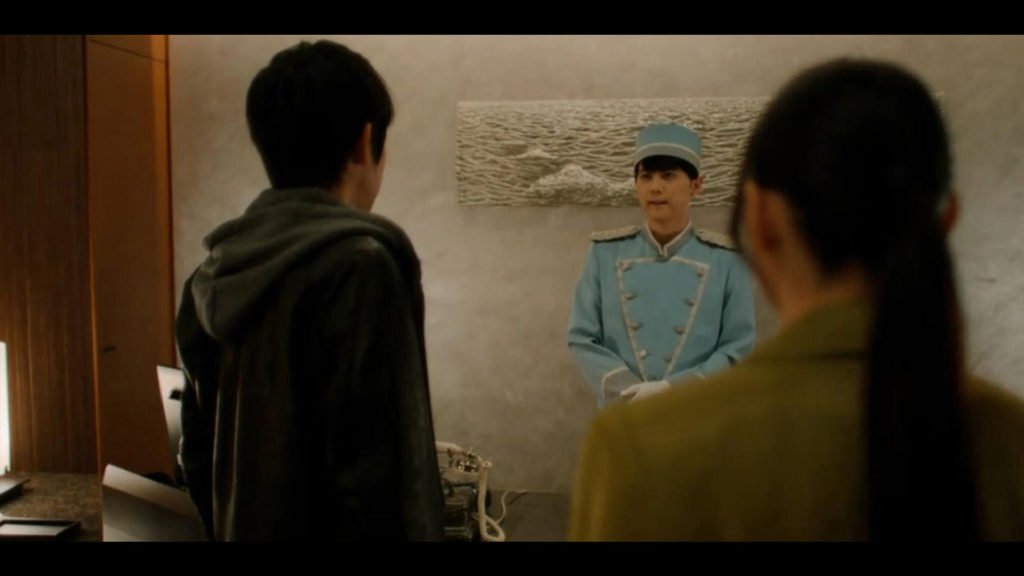
And it was an important release for Too Kyo Games, it being the very first video game of an exciting new company — one that consisted entirely of promising names and talents, including composer Masafumi Takada (killer 7, No More Heroes), Danganronpa illustrator Rui Komatsuzaki and Kotaro Uchikoshi (Zero Escape series, AI: The Somnium Files). There was obvious potential for something ground-breaking with this game.
Death Come True is now just over a year old, and now that I have gotten my hands on a physical copy of it, there was no way we’d miss an opportunity to cover this on Rice Digital — even if we’re fashionably late in giving our two cents on it.
As a fan of Kazutaka Kodaka and his works, I have a few words of gratitude to say to him for creating a Japanese FMV game playable in English from the get-go! But as Too Kyo Games’ first video game release, it has set a certain number of expectations in place — and it’s not a perfect start, if we are to be honest.
Let’s get into it, and if you have already played the title, then give us your thoughts on it in the comments below or the Rice Digital Friday Letters Page! Will we agree to disagree?
A return to form
When I say a return to form I by no means intend to suggest that Kazutaka Kodaka has been off his game – he’s the gift that keeps on giving in the video game industry, after all, when he continues to experiment as much as he does. His decision to make a video game using an FMV narrative is just one example of this.
It’s a complete shift in style from what he has been better known for in the past, and provided plenty of opportunities he and his new company could explore and experiment with. And it’s made explicitly clear that this was the intention with Death Come True.
It has a tight budget, barely any locations, a small cast, and closes it at just shy of 2 hours to finish. But none of that matters; the whole reason Death Come True exists was so that Kodaka and his team could try something new — and for this decision alone it deserves to be appreciated and applauded.
But before we get into the depths of Death Come True, it feels more appropriate to give a run-down of the genre it has based its game on.
FMV games, meaning Full Motion Video games, tend to be regarded as a thing of the past. Having started in 1983 with the likes of Sega’s Astron Belt and the iconic Dragon’s Lair (and when I say iconic I exclusively mean Princess Daphne, heh), the genre was once believed to be an indication of how far video game technology could go. But as the ’90s went on, the craze started to die out.
While the genre started off strong with massive sellers such as the 7th Guest that flaunted how successful an interactive movie experience can be — especially when integrated with solid gameplay alongside its movie-esque presentation — the technical limitations at the time often became all too apparent.
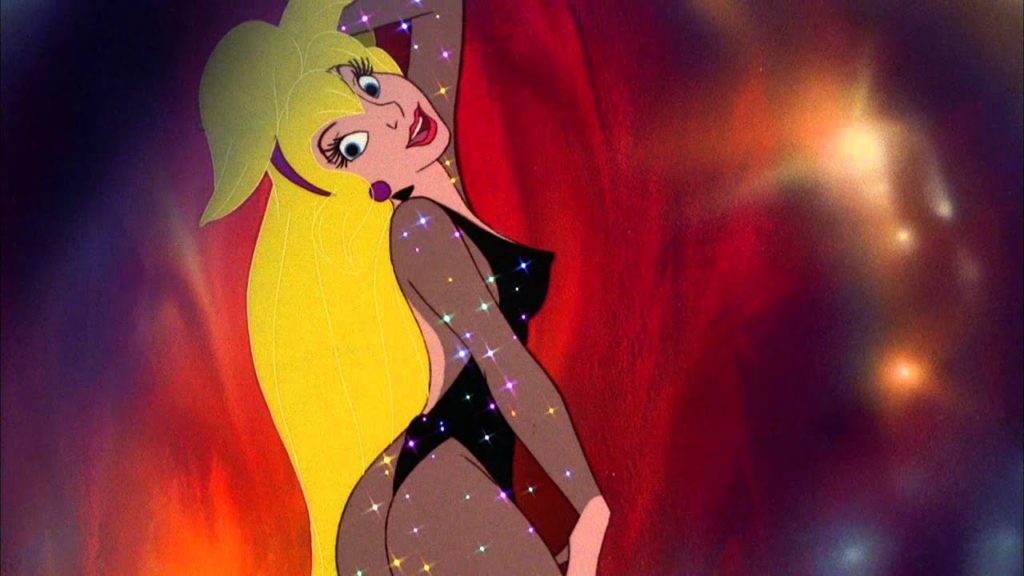
This is specifically true with regards to the limited amount of storage space, but the genre also drew criticism right from the beginning for its relative lack of gameplay.
FMV games often provide very little in the way of actual game mechanics, instead tending to unfold as a literal “interactive movie” where players are put into its main character’s shoes to decide what they say and do with multiple choices — or sometimes simply pressing the right button at the right time to allow the “movie” to continue.
The titles were typically short due to the aforementioned storage space limitations, the acting tended to be far too over-the-top and cheesy to be taken seriously or enjoyed, and the camera work was rarely up to the standard of “real” movies. But those are just some of the genre’s many charms to the right player.
With this in mind, it won’t be a shock to learn that as someone who is heavily into visual novels, FMV titles are exactly my kind of gaming experience. While the overwhelming majority of the genre’s classics are corny and low-budget — just see the infamous Night Trap that received an Anniversary Edition in 2017 for PC and consoles as a prime example — the biggest move made in recent times was by Sam Barlow with 2015’s Her Story.
This game rejuvenated the genre with modern technology, game design and storage capacity, bringing a wave of new fans and interest in the once dismissed game style. Its triumph saw multiple awards and over 100,000 copies sold in just a month, and it single-handedly kickstarted a trend for other companies to start exploring FMV games once again.
Its success is not at all unfounded, and reinforces how this type of game can be used to make a unique and one-of-a-kind experience. If I’m not being blatant enough about it already, you should play Her Story sooner rather than later.
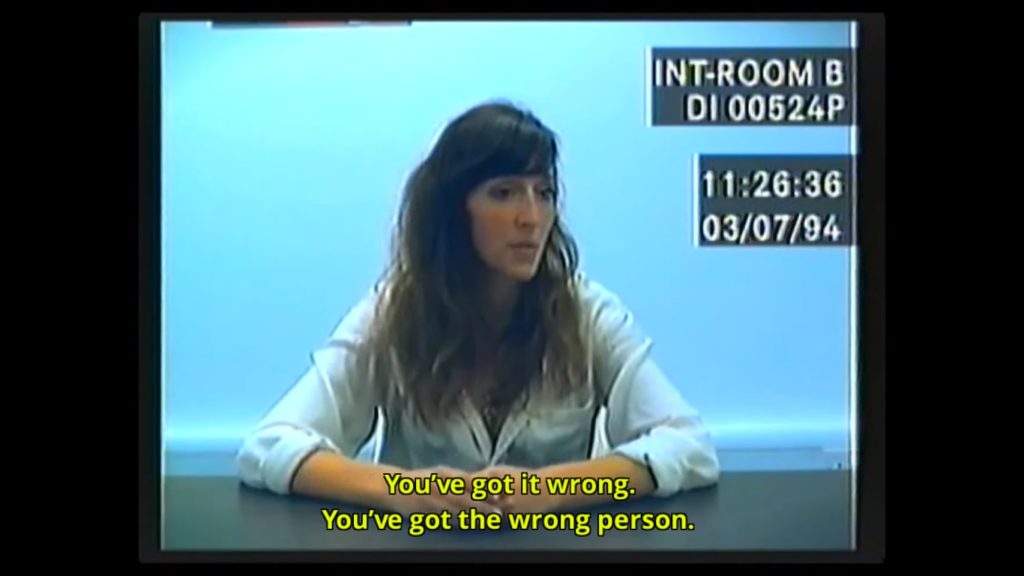
All in all, it should be no surprise how much of a fan I am of the FMV genre. Having previously recommended The Infectious Madness of Doctor Dekker by D’avekki Studios for some good old “whodunnit” mystery solving, and being excited enough for Death Come True’s release to cover its reveal, Death Come True has been a dream come true to see come out.
It’s especially noteworthy when we consider that we haven’t seen all that many Japanese FMV titles localised for the west, with the not so well received Morph Girl intended to be a homage to 90’s lo-fi Japanese horror movies being the only applicable title in such a search.
And then there’s the hilarious looking Motesolo: No Girlfriend Since Birth, though that’s still not quite what we’re looking for, as it’s Korean rather than Japanese.
Enter Death Come True, which saw a worldwide release on multiple platforms in June of 2020. It picked up the torch and heightened my expectations of what a modern FMV could be. But did it deliver on those expectations?
What we’ve come to expect
So, let’s finally discuss Death Come True and assess if it’s all it has been said it is. Originally released for the Nintendo Switch on June 24, 2020, it also came out on mobile devices (Android, iOS and macOS) the following day; the following month saw it release on Windows, and a PS4 version finally followed up in November. For my review, I played it on the PS4.
The plot consists of players being put into the role of Makoto Karaki, an amnesiac who wakes up in a hotel room and sees that he is wanted as a serial killer on the TV. As he is being hunted down, both for his supposed criminal activities, as well as by a cloaked, weapon-wielding, gas-masked antagonist, every death only adds further mystery on top of new information to discovering the truth of his identity, location, and characters’ goals around him.
Kazutaka Kodaka, known for not only the Danganronpa series, but the Jake Hunter series and the humorously wild ride of Clock Tower 3, an auteur we need to explore in more detail some day. After all, he has just as many themes and messages as the better recognised auteurs in video gaming, and with his most prevalent ones also make an appearance in Death Come True – specifically reality vs fantasy, and humorously dark tragedy.
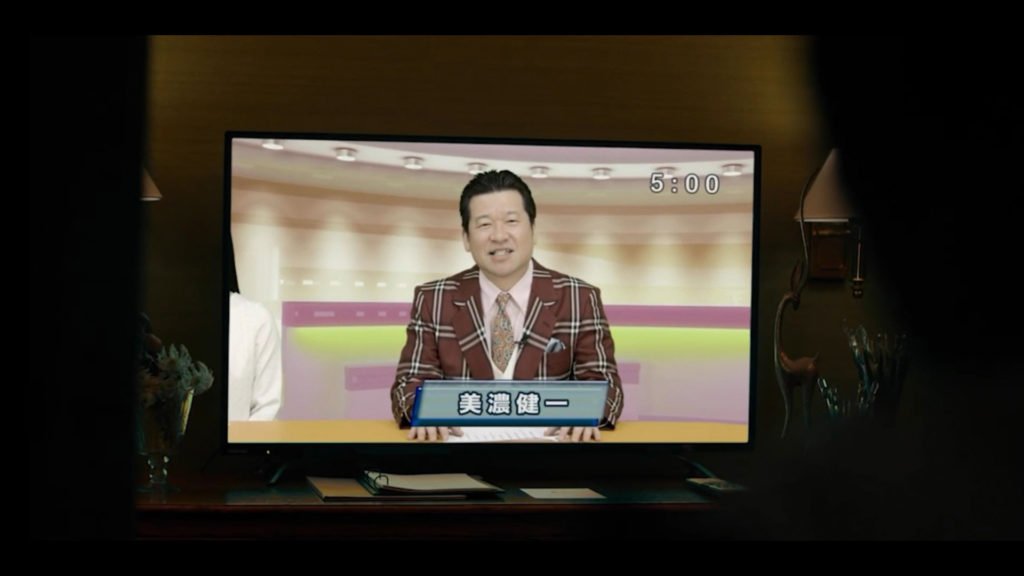
While ideologies and themes we’ve come to expect from him are explored here, they actually manage to hinder the already constricted plot somewhat — so much so that its very few twists and turns are no longer surprising at the point of the game’s climax, which we arrive all too quickly at.
The plot itself feels almost too predictable, and this could actually be down to what Kodaka has mentioned about the conception of the title. He had said that the ideas and original story pieces were “backburners”, and the whole project was an overall “spontaneous” creation that had a “tight schedule” for completion.
These things feel painfully obvious after having experienced the game — it is surprisingly lacking in depth and feels shockingly barebones compared to some of Kodaka’s other work.
But first, what did it do right?
What Death Come True excels at
I’ve previously discussed multiple areas where the FMV genre tended to fail in the past. And I’m happy to report that Death Come True manages to sidestep many of the genre’s common pitfalls — and for Kodaka’s first ever venture into such a video game, it is an extremely impressive feat.
Death Come True’s skipping function is one of the best I have ever seen. You can tap L2 to rewind 10 seconds, or R2 to fast-forward 10 seconds; this allows you to quickly skip through scenes you’ve already scene, but still allows you to notice new information when it shows up. It keeps the action going at a rapid pace without any disruption to the overall flow.
And this is not the only aspect worth commending; its actors are all insanely talented, delivering believable and memorable performances, which compliments Kodaka’s intention of the game being an “interactive movie”. When the acting is this good, Death Come True is effectively blurring the lines between the game being a movie and a video game, and I’m all for it. Alongside this is strong cinematography, impressive mise-en-scene and pacing. At this point, if Kodaka does not produce another FMV game I will be quite disappointed!
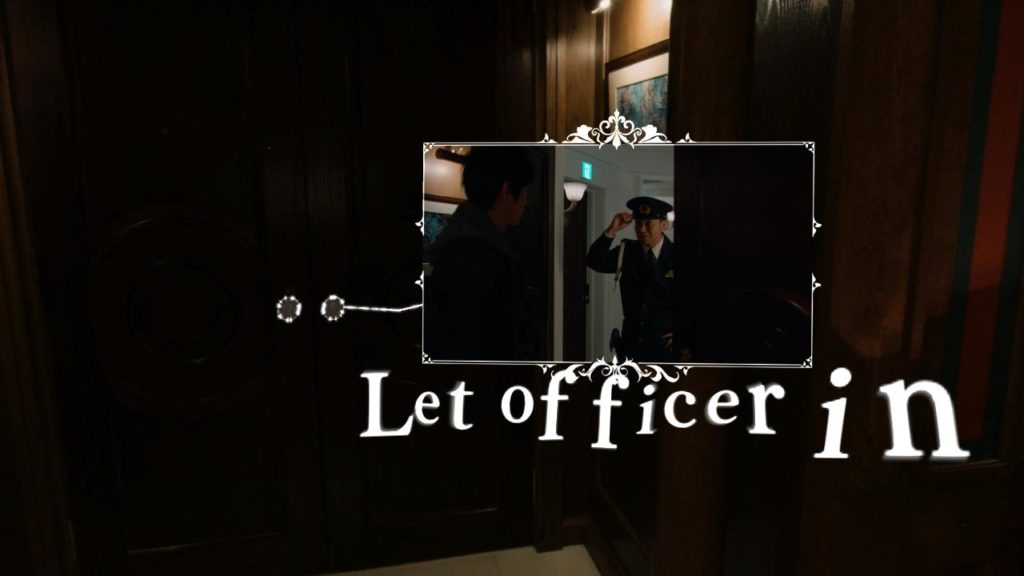
Kanata Hongo plays our lead, a familiar face to those who watch and enjoy live-action adaptations of anime, such as Gantz, Attack on Titan and Fullmetal Alchemist. For diehard fans of Danganronpa, he’ll also be easily identifiable as the live stage actor for Makoto Naegi.
Chiaki Kuriyama, the second lead actress, is more of a household name, especially for western audiences. Most will likely know her as Takako Chigusa in Battle Royale and Gogo Yubari in Kill Bill.
The rest of the cast are just as notable and provide impressive and memorable performances, which is exactly what we need for a modern FMV video game to work and appeal to players.
Our boy Yuki Kaji who plays the mysterious hotel receptionist will need no introduction (he’s the voice of so many anime protagonists at this point!). There is also Win Morisaki, possibly best known for playing Daito from Ready Player One, and he steals the spotlight whenever he’s on the screen as Nozomu Kuji. His charismatic persona along with his suitably unusual and quirky wardrobe choices are entirely understandable when you remember he sprang from the mind of Danganronpa’s creator.
But the most memorable for her design and acting goes to Chihiro Yamamoto’s enigmatic performance portraying Nene Kurushima. Her character was so engaging and exciting to see be performed in real life as a realistic take on similar psychotic characters Kodaka has created such as Toko Fukawa or Junko Enoshima.
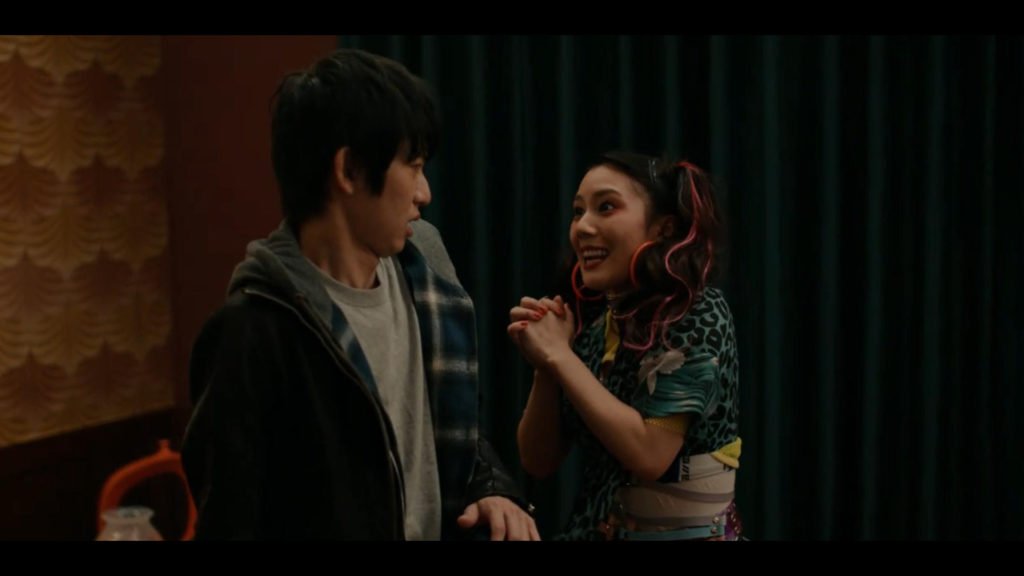
And finally, there is the humorously bumbling TV host Minou Kenichi, played by the highly experienced actor, screenwriter and film director, Jiro Sato. While we see him briefly in multiple showings of him on the TV plus a bad ending, the best place to enjoy his character can be found in the game’s bonus “DeathTube” section that compiles behind the scenes clips and interview segments of his TV appearances.
An experimental product that ultimately falls short
Now unfortunately, this is where the majority of my thoughts on the game will be, as Death Come True has more faults to it than positives. In regards to its brilliant actors and characters, they pose a notable drawback due to the game being simply too short — and this will not be the first nor last time this is such a massive issue.
We only ever see most of the named characters other than the leading two in their respective bad endings. They are such exceptional actors and actresses who deliver some of the best performances within an FMV game I’ve ever seen, but they are merely used as different ways to kill off our main character. It is truly a crying shame that they were not used as much as they could have been — or should have been.
While Kodaka did excel at an element of the game he wanted to capture, which was wanting Death Come True to be appealing to and be played by non-gamers in order to widen the company’s audience, at the same time this might be off-putting to some players expecting a little more agency. Anyone familiar with visual novel games or seeking a far more player-centric experience will be disappointed by the relative lack of meaningful choices to make.
In fact, it is extremely easy to follow and play through through the game without too much confusion, help or interaction at all. The game is almost completely linear, even with bad endings, since you can just continue where you left off. The game pulls us by the hand to its intended destination, where almost every single decision made within the game has no real reason to be there other than to provide the illusion of interactivity.
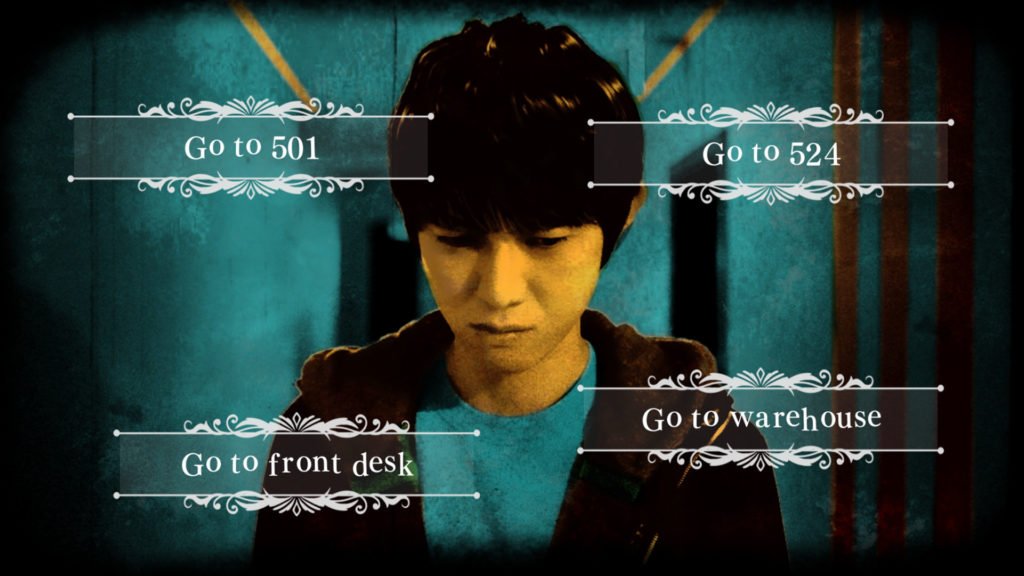
Additionally, its checkpoint system is understandably necessary to advance its narrative, but reinforces the linearity of it all the more. The choices are rarely anything other than a 50/50 chance of being the “right” one, and it’s rare you’ll see opportunities to pick from more than two options. In fact, there is only one instance of having to actually use your brain to figure out the correct answer to a question — but even then, you can simply pick all of the choices until you land on the correct one without any issue.
Some of this may be down to Death Come True being released as a mobile game, since mobile gamers’ impatience means they probably wouldn’t have liked having to restart each chapter from the beginning.
While all this is not a massive blow to the game — it never suggested it would require more in-depth problem solving such as that seen in Danganronpa — it’s still a bit of a limitation.
The game’s UI is clean and easy to navigate, but also reinforces another limiting element of its design choices. Again, this was a game designed to be played on a mobile touchscreen, and as such at times it comes across as simplistic and limited in its creativity.
The game’s Death Medals system provides incentive to explore all the possible bad endings, and makes for an enjoyable trip back to the menu to see what “awards” you’d uncovered. It reminded me of a macabre take on Pokémon gym badges — or was that just me?
That said, a number of the kills repeat themselves with the same weapon on multiple occasions, so it can ultimately seem a little disappointing. Or at least a missed opportunity.
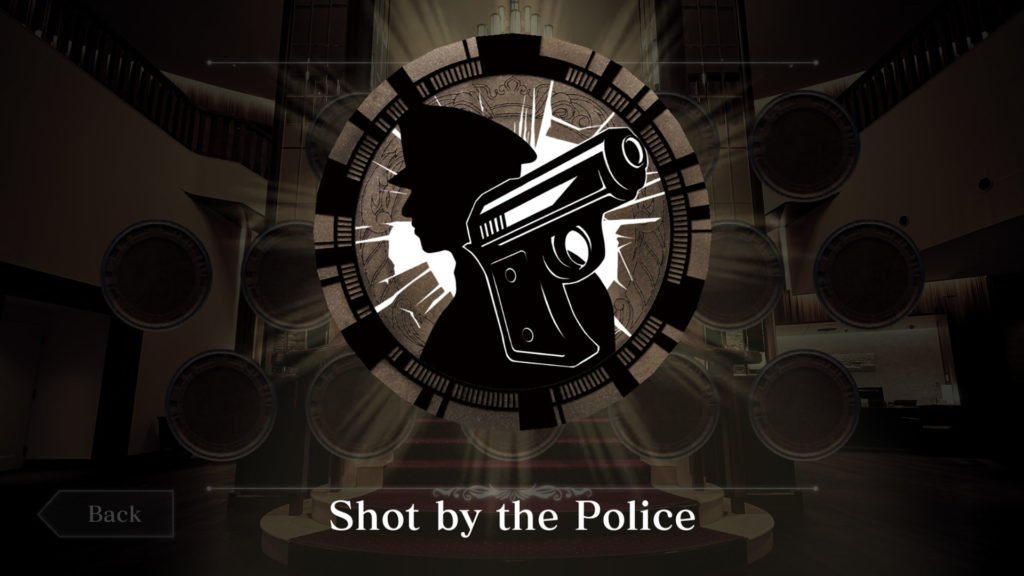
In fact, I’d call the majority of Death Come True a missed opportunity. The compact story is extremely constrained and small thanks to its short runtime, but this is at no surprise with the title being an experimental game of a new studio — and an FMV game, to boot.
But it has the exact same issue I had with Gothic Murder’s main problem as an indie mystery visual novel. Both lack the runtime to reinforce the necessary emotional payoff in their respective climaxes. They leave very little impact or memorability in their tales of acceptance — and this is Death Come True’s best theme in its small story.
It is nothing new nor ground-breaking, but its premise and linkage to death and people’s emotions felt by loss is at the heart of Death Come True, and if it did have enough time to expand on its very likable characters and dynamics, then it would have been much more effective at what it does.
For spoilers’ sake, we will not dive any deeper into this area save to mention that the game has only two real endings, each being as short as you could expect from its 2 hours of story. That said, the two endings present us with some interesting comparisons in their themes; in fact, the optimism and surprising level of comfort and ironic acceptance in its the supposedly “bad” ending is refreshing for this type of game — and especially so when bearing in mind who created it.
Closing thoughts
Kodaka has mentioned how he would like to try at another FMV game, since he learnt a lot from his first experience making one. And I can only imagine how much he could improve upon this experience with another shot at the genre.
So for now, even bearing everything I’ve said above in mind, I encourage you to support Death Come True so we can make this a reality.
Because despite the game’s many flaws, Kodaka proves that he continues to make brave and bold decisions in his creations, and has still delivered a title true to his vision. While featuring an extremely constrained plot, its surprising focus on love and its excellent take on the FMV genre was a thrill to experience. I simply want even more — and for Kodaka to have the opportunity to iron out the few nitpicks I’ve mentioned above.
The game is available on iOS, Android, Nintendo Switch, PlayStation 4 and PC.
Now to patiently wait for NISA to ship out my limited edition of World’s End Club! (They’re on the way out, I got mine a while back! – Ed.) While its reception seems to have been mediocre elsewhere online, I’m almost certain it’ll be a step in the right direction after Death Come True for Too Kyo Studio. Fingers crossed that Tribe Nine blows us out of the water.
Join The Discussion
Rice Digital Discord
Rice Digital Twitter
Rice Digital Facebook
Or write us a letter for the Rice Digital Friday Letters Page by clicking here!
Disclosure: Some links in this article may be affiliate links, which means we may earn a small commission if you make a purchase after clicking on them. This is at no additional cost to you and helps support Rice Digital!
- Sigh of the Abyss: Shadow Bonds – Prologue Review - October 7, 2023
- Is She The Wolf? is wickedly addicting TV - October 6, 2023
- The steady consumption of Slow Damage - October 5, 2023




